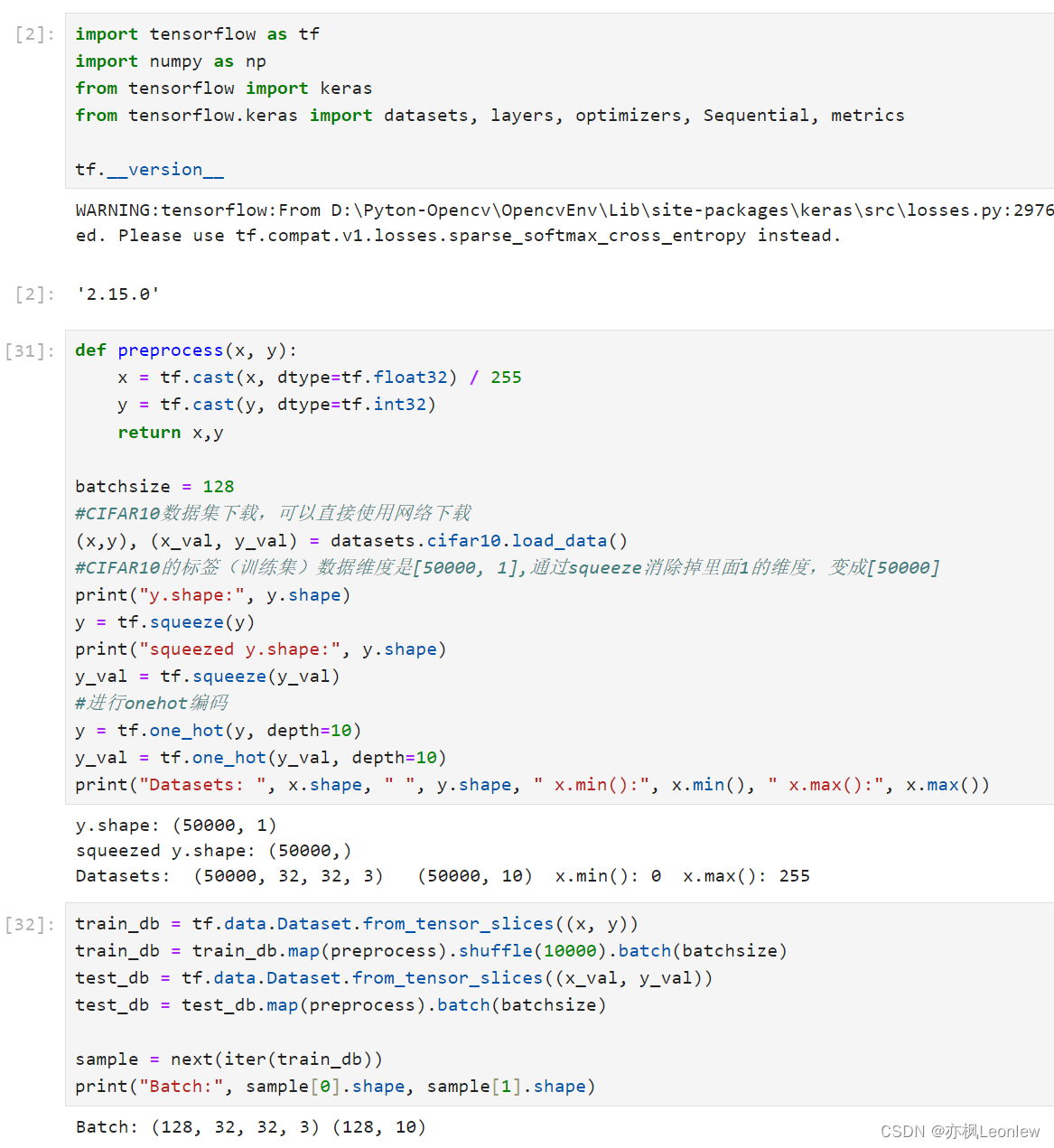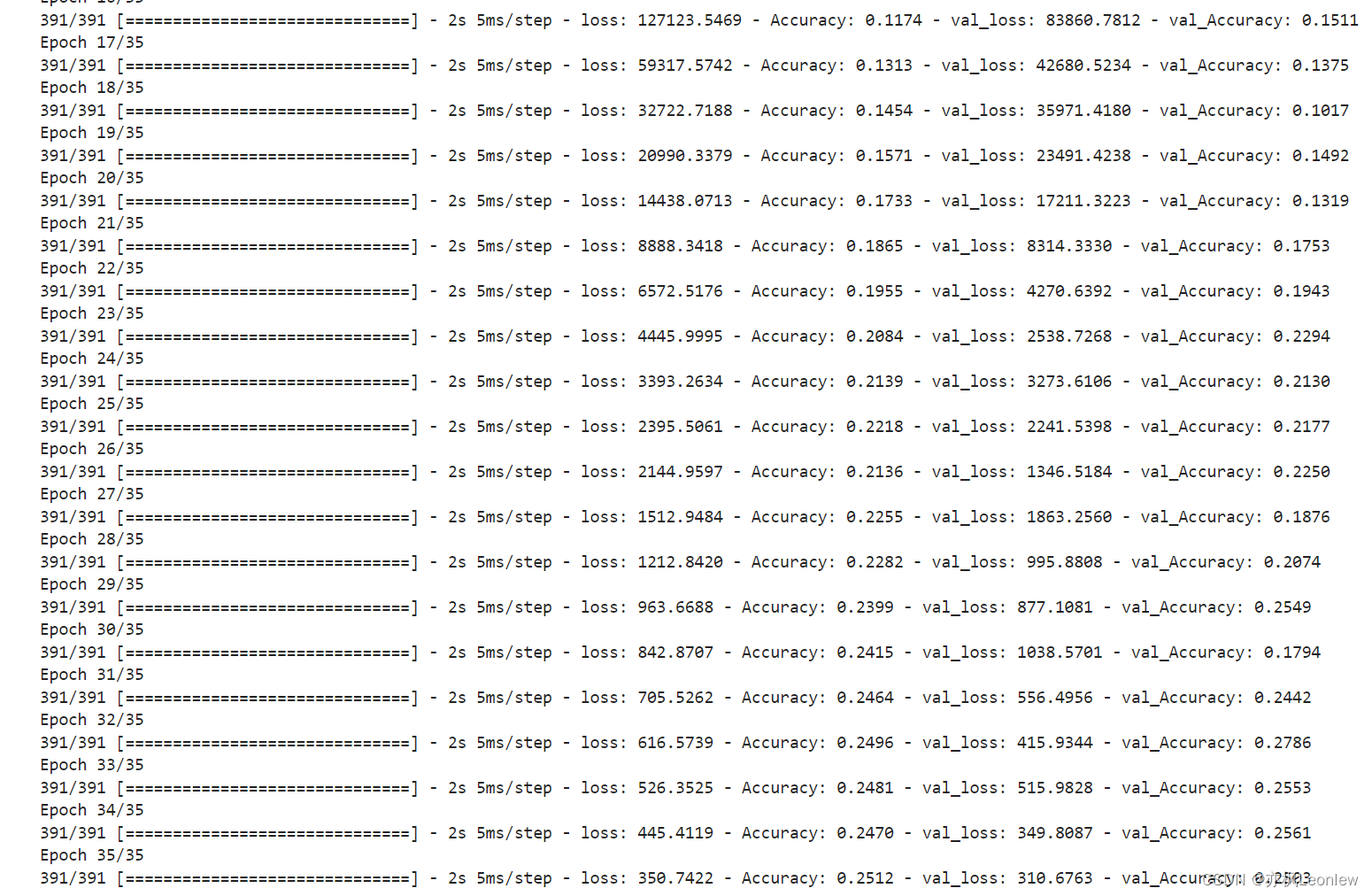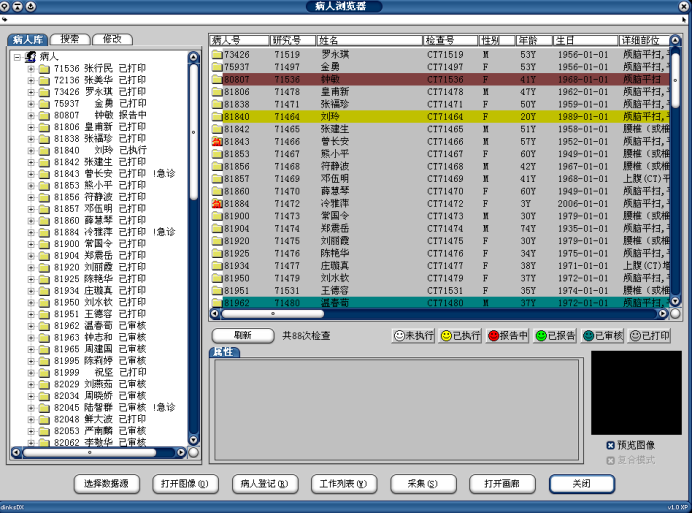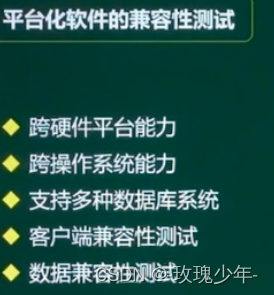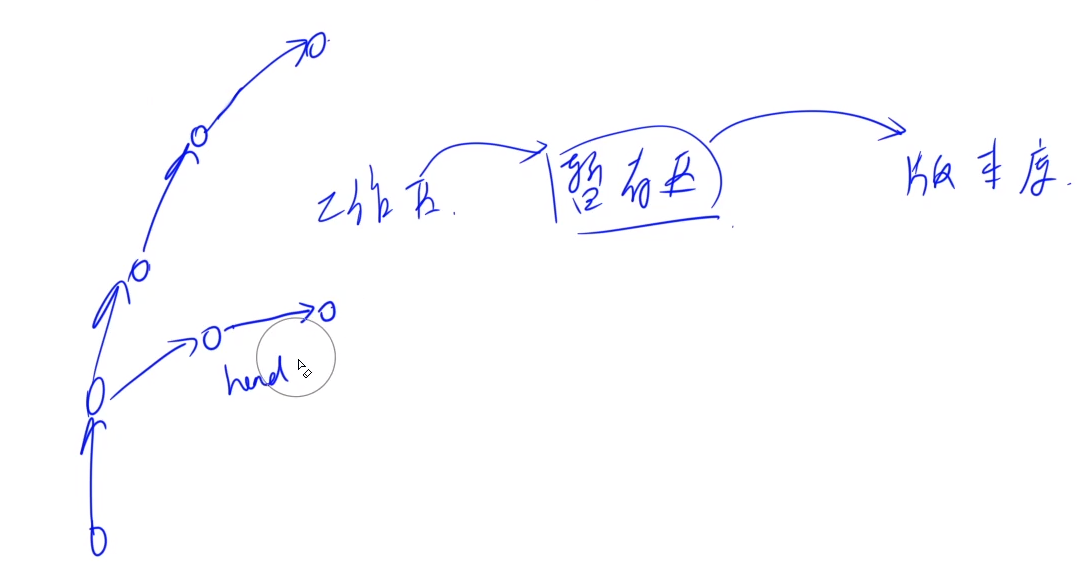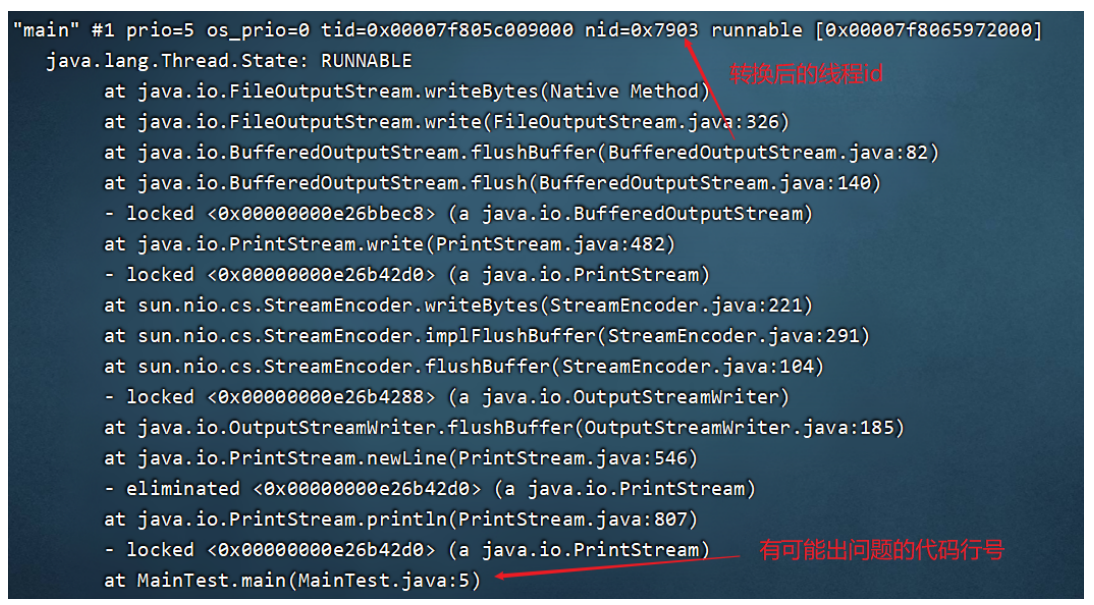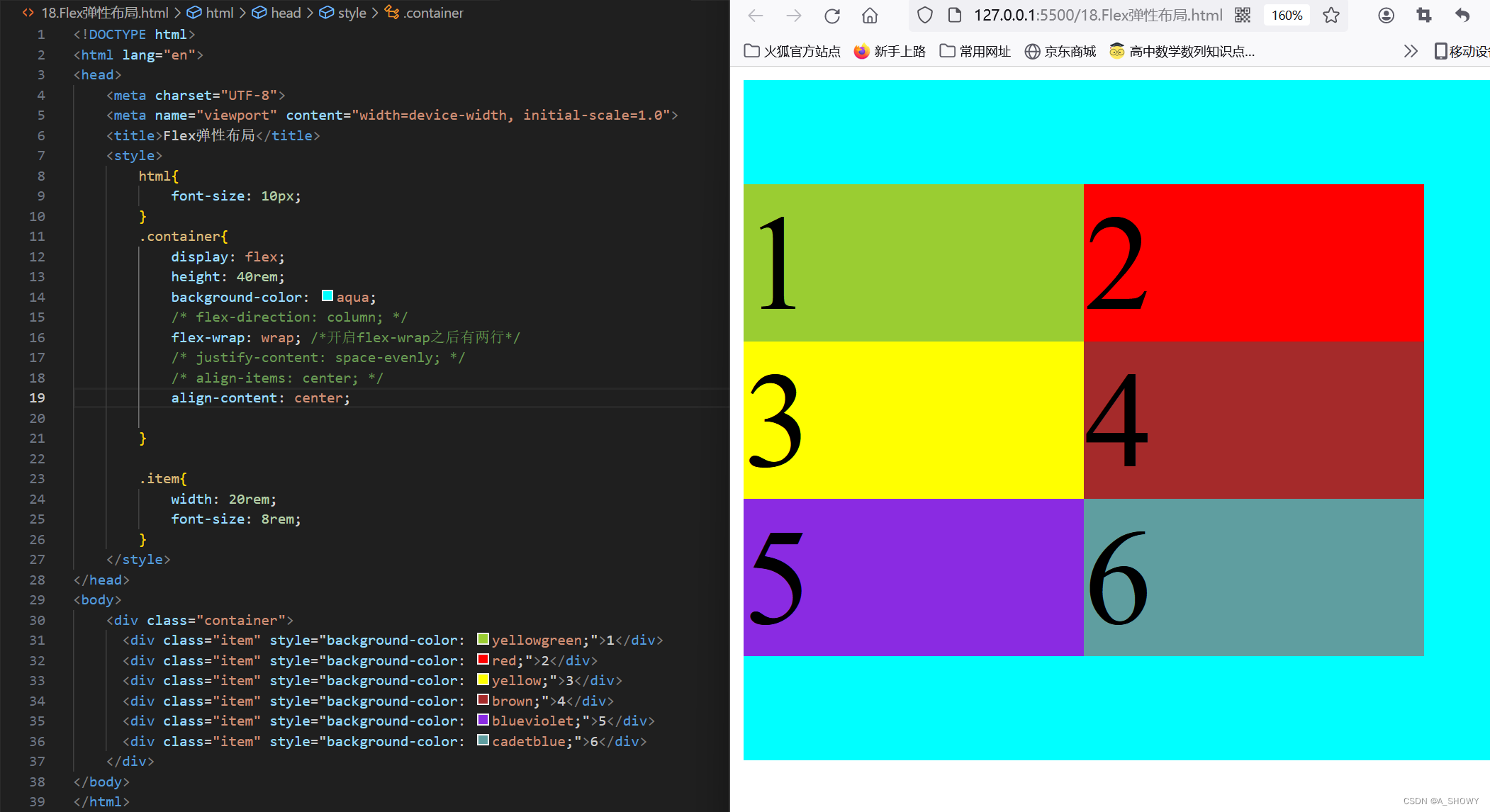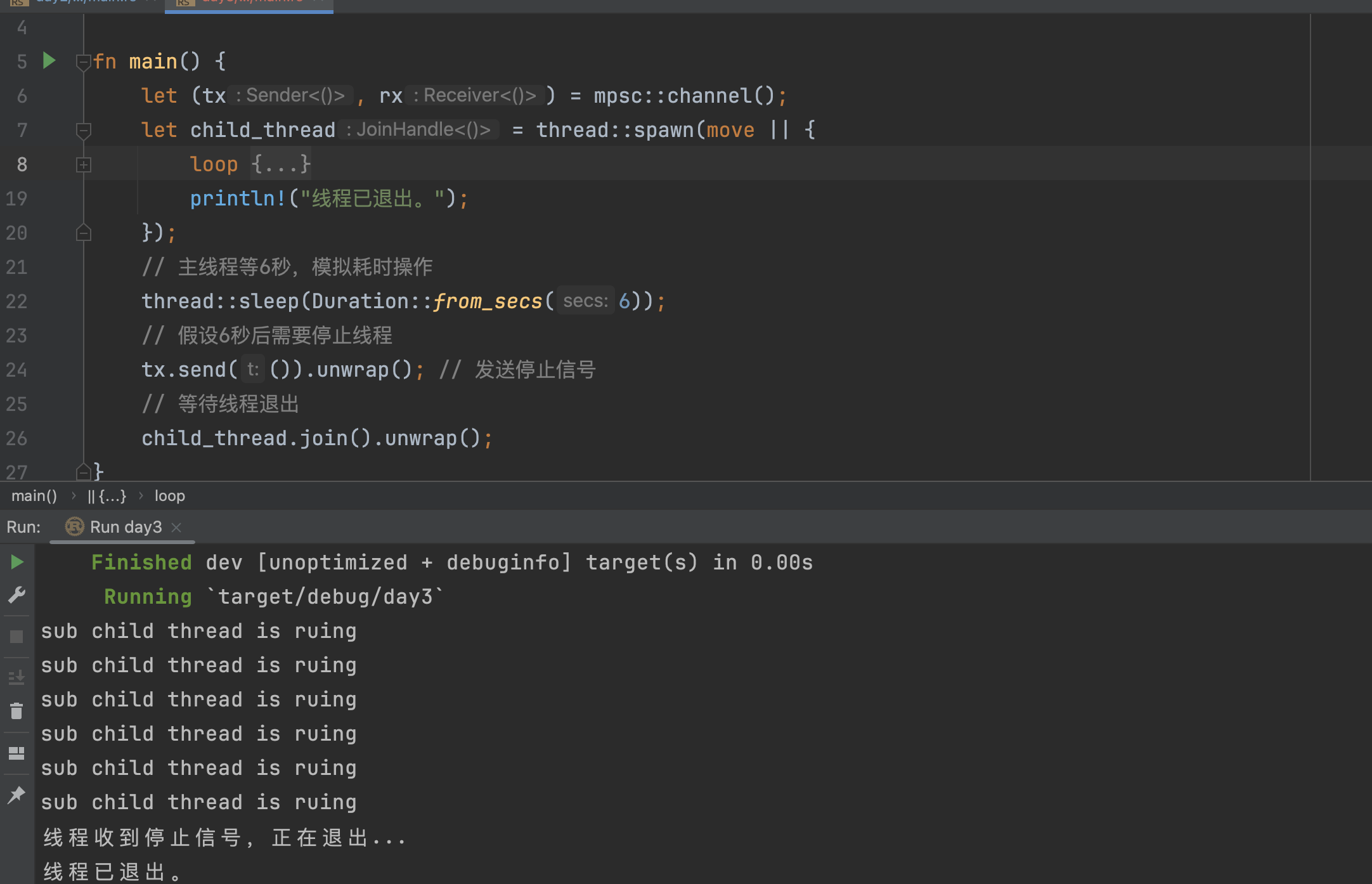本笔记记录使用自定义Layer和Model来做CIFAR10数据集的训练。
CIFAR10数据集下载:
https://www.cs.toronto.edu/~kriz/cifar-10-python.tar.gz
自定义的Layer和Model实现较为简单,参数量较少,并且没有卷积层和dropout等,最终准确率不高,仅做练习使用。
import tensorflow as tf
import numpy as np
from tensorflow import keras
from tensorflow.keras import datasets, layers, optimizers, Sequential, metrics
tf.__version__
def preprocess(x, y):
x = tf.cast(x, dtype=tf.float32) / 255
y = tf.cast(y, dtype=tf.int32)
return x,y
batchsize = 128
#CIFAR10数据集下载,可以直接使用网络下载
(x,y), (x_val, y_val) = datasets.cifar10.load_data()
#CIFAR10的标签(训练集)数据维度是[50000, 1],通过squeeze消除掉里面1的维度,变成[50000]
print("y.shape:", y.shape)
y = tf.squeeze(y)
print("squeezed y.shape:", y.shape)
y_val = tf.squeeze(y_val)
#进行onehot编码
y = tf.one_hot(y, depth=10)
y_val = tf.one_hot(y_val, depth=10)
print("Datasets: ", x.shape, " ", y.shape, " x.min():", x.min(), " x.max():", x.max())
train_db = tf.data.Dataset.from_tensor_slices((x, y))
train_db = train_db.map(preprocess).shuffle(10000).batch(batchsize)
test_db = tf.data.Dataset.from_tensor_slices((x_val, y_val))
test_db = test_db.map(preprocess).batch(batchsize)
sample = next(iter(train_db))
print("Batch:", sample[0].shape, sample[1].shape)
#自定义Layer
class MyDense(layers.Layer):
def __init__(self, input_dim, output_dim):
super(MyDense, self).__init__()
self.kernel = self.add_weight(name='w', shape=[input_dim, output_dim], initializer=tf.random_uniform_initializer(0, 1.0))
self.bias = self.add_weight(name='b', shape=[output_dim], initializer=tf.random_uniform_initializer(0, 1.0))
#self.kernel = self.add_weight(name='w', shape=[input_dim, output_dim])
#self.bias = self.add_weight(name='b', shape=[output_dim])
def call(self, inputs, training = None):
x = inputs@self.kernel + self.bias
return x
class MyNetwork(keras.Model):
def __init__(self):
super(MyNetwork, self).__init__()
self.fc1 = MyDense(32 * 32 * 3, 512)
self.fc2 = MyDense(512, 512)
self.fc3 = MyDense(512, 256)
self.fc4 = MyDense(256, 256)
self.fc5 = MyDense(256, 10)
def call(self, inputs, training = None):
x = tf.reshape(inputs, [-1, 32 * 32 * 3])
x = self.fc1(x)
x = tf.nn.relu(x)
x = self.fc2(x)
x = tf.nn.relu(x)
x = self.fc3(x)
x = tf.nn.relu(x)
x = self.fc4(x)
x = tf.nn.relu(x)
x = self.fc5(x)
x = tf.nn.relu(x)
#返回logits
return x
total_epoches = 35
learn_rate = 0.001
network = MyNetwork()
network.compile(optimizer=optimizers.Adam(learning_rate=learn_rate),
loss = tf.losses.CategoricalCrossentropy(from_logits=True),
metrics=['Accuracy'])
network.fit(train_db, epochs=total_epoches, validation_data=test_db, validation_freq=1)运行结果:
